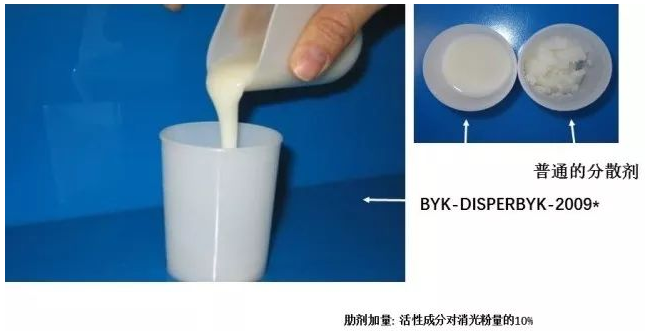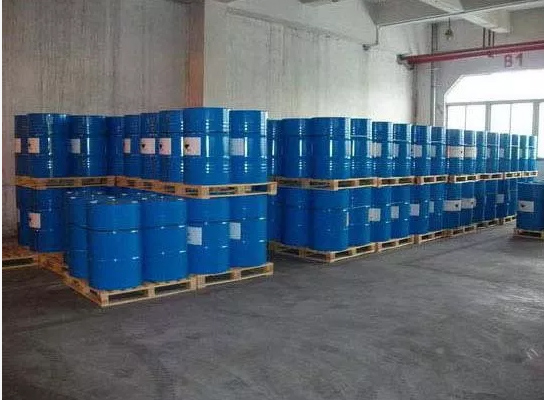A brief overview of rubber processing aids at home and abroad
In addition, there are many professional suppliers and service providers of processing aids that have introduced processing aids to our tire and rubber factories in China. The famous ones are:
2. Classification of processing aids:
1 Dispersant .
Function: Improve the dispersion of carbon black and other powders in the rubber compound, prevent roller sticking, reduce scorch and shorten processing time. It also improves the fluidity of the rubber and has a plasticizing effect.
Composition: Polymerization product of high molecular weight fatty acid ester or mixture with metal soaps.
Typical foreign products: German Kettlis company FL, German S.S company WB212, American company StruktolA60, American-owned Qingdao Angji company Jiaoyisu T-78, Jiaofuli T-52, etc.
2.2 Leveling agent
Function: Solve the blending of polymers with different polarities and different viscosities. It is currently widely used in formulas that use raw rubber with different polarities and in butyl lining rubber. In addition, it also has plasticizing, tackifying and lubricating functions, which can improve the processability of the blended rubber and reduce energy consumption. , such as increasing the tread rubber extrusion speed, improving the viscosity and physical properties of the rubber, and is a very effective processing aid.
Composition: A mixture of low molecular weight resins of different polarities. Manufacturers generally do not disclose the exact ingredients and proportions of their products. The production process is generally obtained by thermal polymerization of raw materials or intermediates; several resins can also be blended into one by physical methods according to percentages. Or it can be obtained by granulation.
Typical foreign products: 40MS, 60NS, HP55, THl0A from German S.S. Company, Struktol 40MSF, 60MSF from American company, H501, HS01B from German DOG Company, etc.

Typical domestic products:
According to preliminary statistics, the demand for leveling agents in the tire industry alone reached about 4,000 tons in 2006. Calculated based on the domestic sales price of the product, there should be a market prospect of at least 140 million yuan.
2.3 Plasticizer
Function: A processing aid that improves the softness or tensile properties of polymers during mastication. According to their mechanism of action, they can be divided into two categories: physical plasticizers and chemical plasticizers. It is customary to call chemical plasticizers peptizers.
2.31 Physical plasticizer: Its addition can reduce the viscosity of the mixed rubber, increase the plasticity of the rubber, improve the dispersion of carbon black and other compounding agents, and improve the physical properties of the vulcanized rubber. Chemical plasticizers are added during the plasticizing of raw rubber. They not only improve the plasticizing effect, shorten the plasticizing time, and save energy, but also have low dosage and strong plasticizing power.

Composition: Unsaturated or saturated fatty acids, fatty acid esters or zinc soaps are currently the most widely used physical peptizers.
Typical foreign products: American Struktol A60/A61
2.3.2 Chemical plasticizer: also known as peptizer.
Composition: It is added to enhance the plasticizing effect of raw rubber through chemical effects and greatly shorten the plasticizing time, which not only saves energy but also improves mechanical efficiency. According to structure, it can be divided into:
a. Pentachlorothiophenol products
Typical foreign product: Renasit 7 from Bayer Chemical Company of Germany,
Typical domestic products: Wuhan Jinghe Chemical Co., Ltd. SJ–103, Xijiang Huangyan Donghai Chemical Plant AP.
b. Aryl disulfides
Typical foreign product: Renasit11 from the German Lanxess Chemical Company
Typical domestic products: Haicheng Chemical Additives Factory DBD, P40 and A86, etc.
C. Organometallic complexes
Typical domestic products: compound peptizer HTA produced by Shandong Yanggu Huatai Chemical Co., Ltd., centripetally coordinated organometallic complexes ZD-4, ZD-8, etc. from Hangzhou Middle School Industrial Co., Ltd.
Among the above three types of products, pentachlorothiophenol products have been banned in Europe because of their toxicity, but they are still widely used in China because they are cheap; aryl disulfides are well-known peptizers abroad and have no It is toxic and has good plasticizing effect. Domestic Haicheng Chemical Auxiliary Factory is the leader of this product. However, due to its high price, the current domestic production volume is not large. It is also non-toxic and has good plasticizing effect for organometallic complexes. Due to the same price issue, it is currently under development.
2.4 Tackifying resin:
Function: It is to improve the self-adhesiveness of rubber and the molding viscosity of tires.
Composition: various resins; traditional varieties include petroleum hydrocarbon resin, coumaron indene resin, rosin resin and terpene resin, etc. With the expansion of the use of synthetic rubber, the development of all-steel radial tires and semi-all-steel radial tires , the popularity of pre-vulcanized tires requires and has developed new tackifying resin varieties. .

Typical foreign product: Koresin from German BASF Company. It is the condensate of p-tert-butylphenol and acetylene. Koretack is a benzene series of thermoplastic octylphenol-formaldehyde resins (i.e. SP 1068 resin).
Typical domestic products: According to the notice of Sinopec Co-operative Science and Technology Office [2002] No. 005: Shanghai Sansi Auxiliary Products Co., Ltd. has successfully developed tert-butylphenol formal resin in 2006, named KR-8 And commercialized, multiple parties have confirmed that KR-8 is a similar product to Koresin resin. Currently, products with KR-8 or super tackifying resin are sold in large quantities in China and are used in tire production, pre-vulcanized retreading and other formulas that used to use Koresin resin. , the response is good. It has received recognition and attention from many people who have used Koresin resin. The non-thermal reactive phenolic resins widely used in China include: 203 resin (i.e. SP1068) and p-teroctylphenol formal resin. Its manufacturer is:
2.4.1 Application status of tackifier resin
Since radial tire production must use thickened phenolic resin, imported Koresin resin is expensive and in short supply, so a large part of it has been replaced by KR-8, 204 resin, and 203 resin; the price of KR-8 is only imported Half of similar products, the effect can be said to be the same, and it can usually be replaced in equal amounts. 204 resin is known as “replacing Koresin”, which can be replaced by increasing the amount to achieve the same effect, but it can save resources and reduce costs.